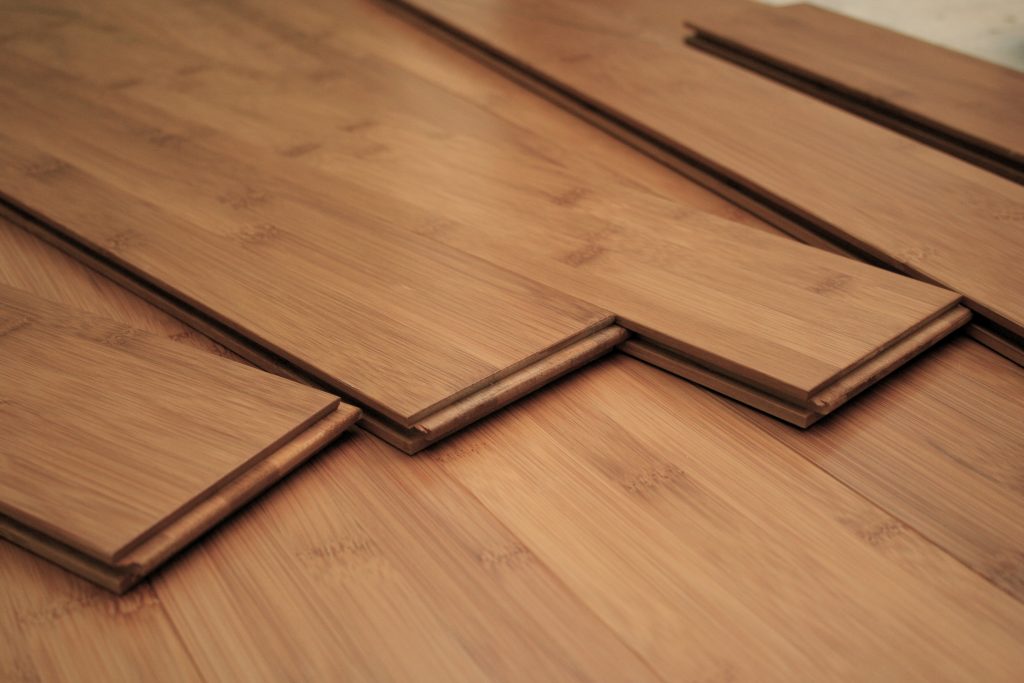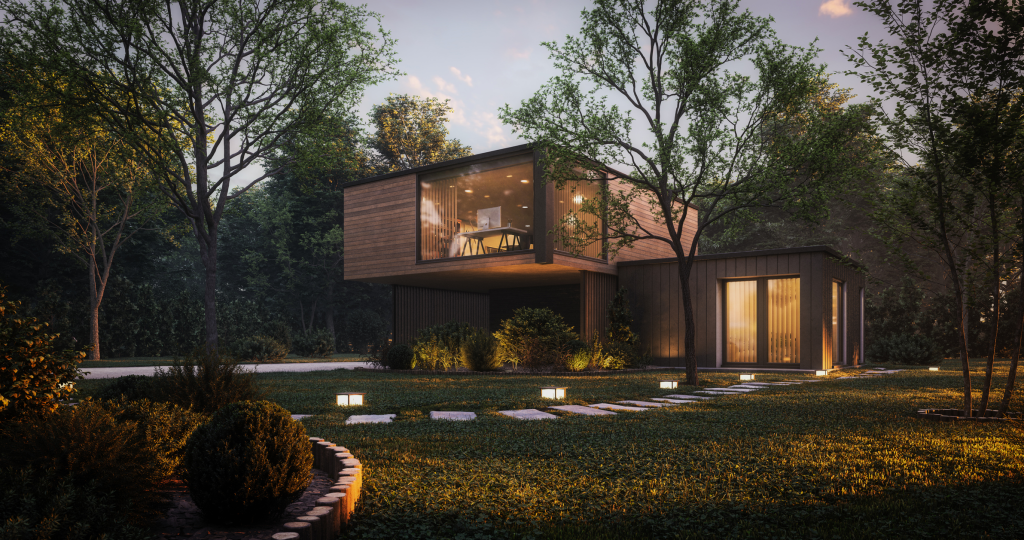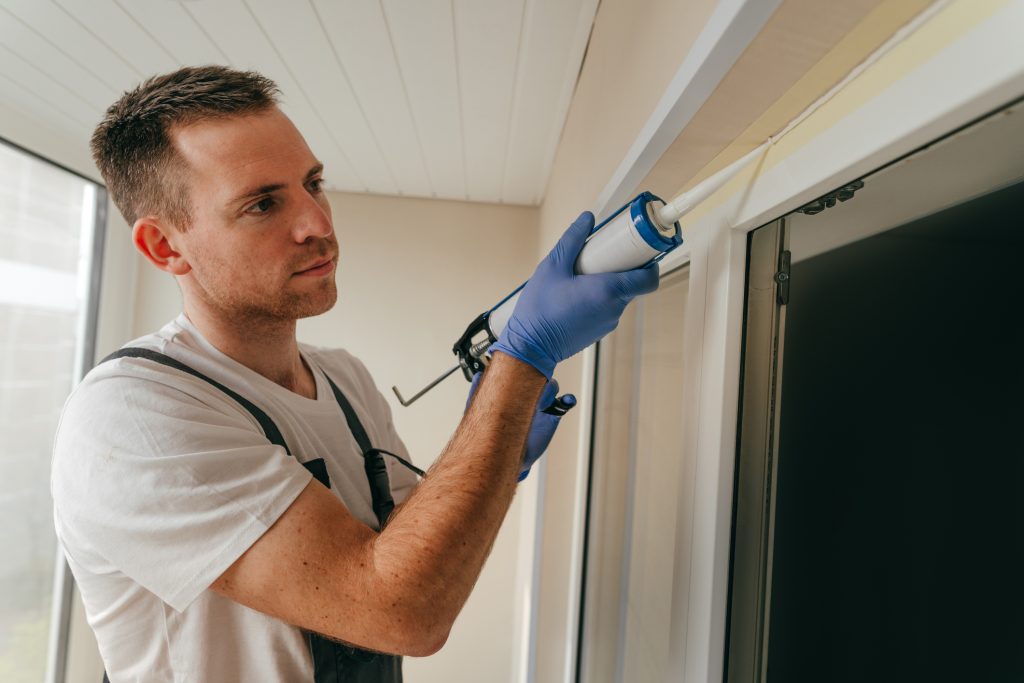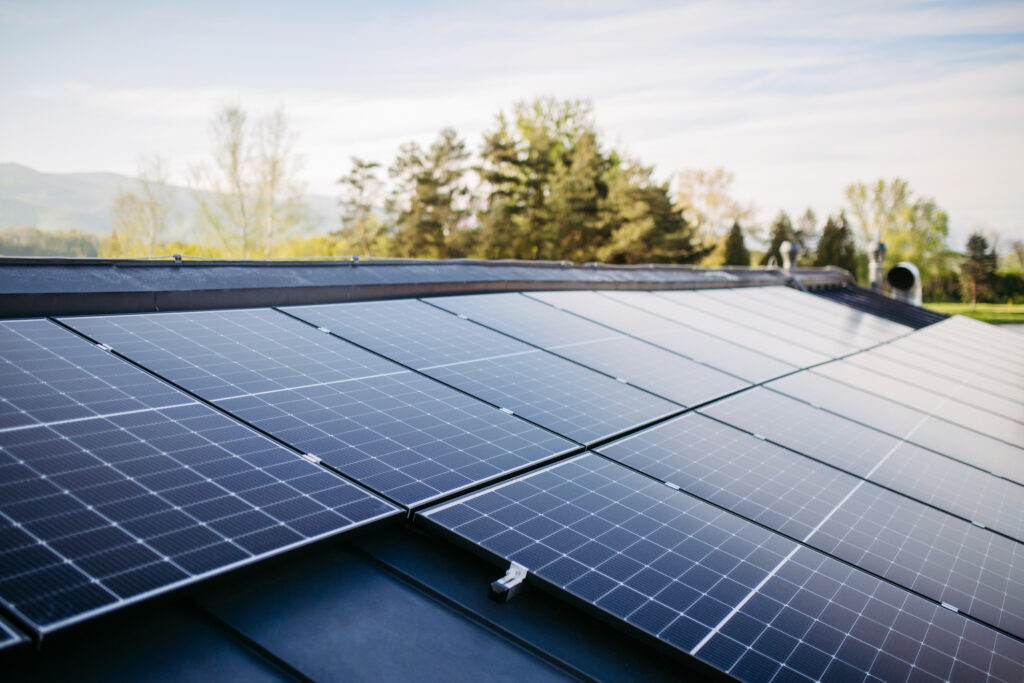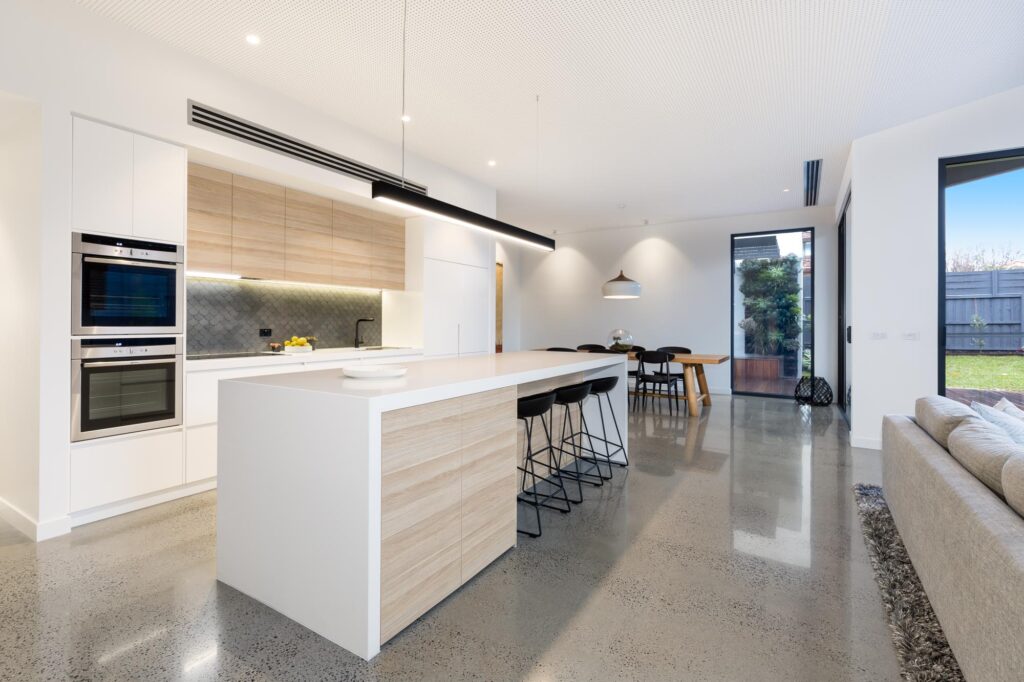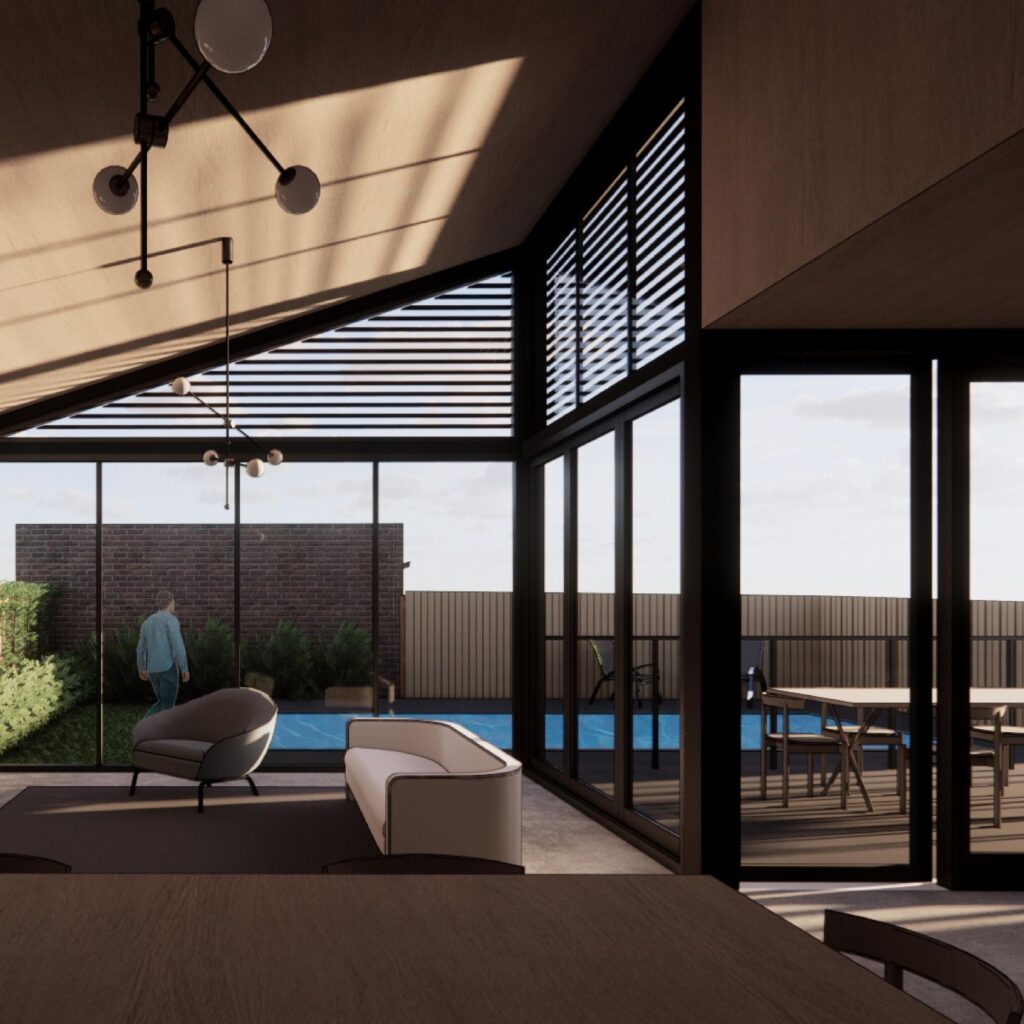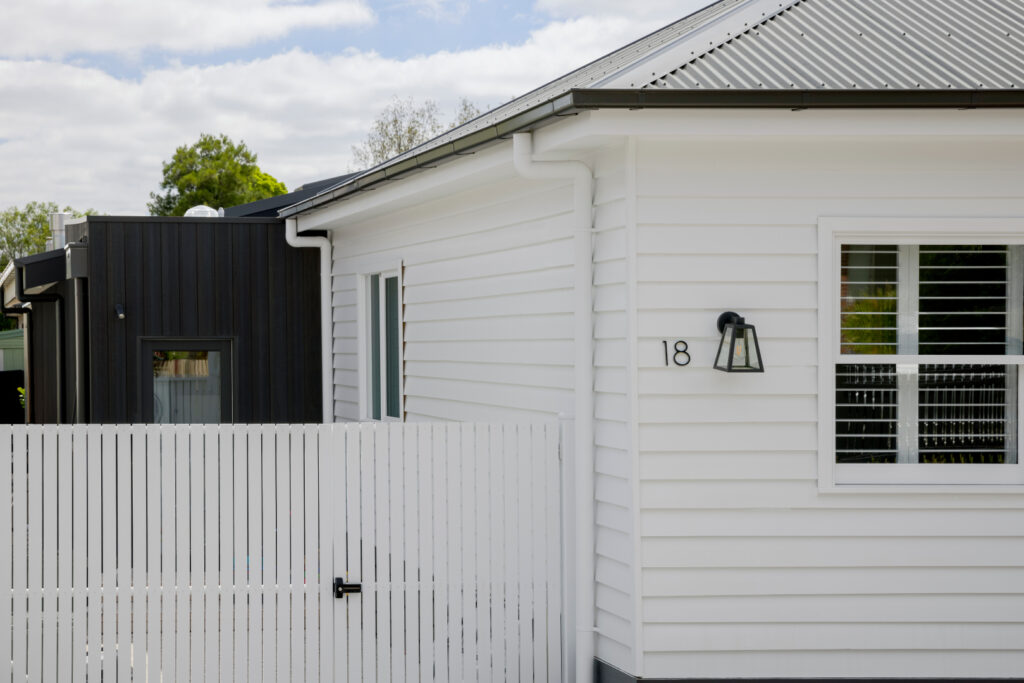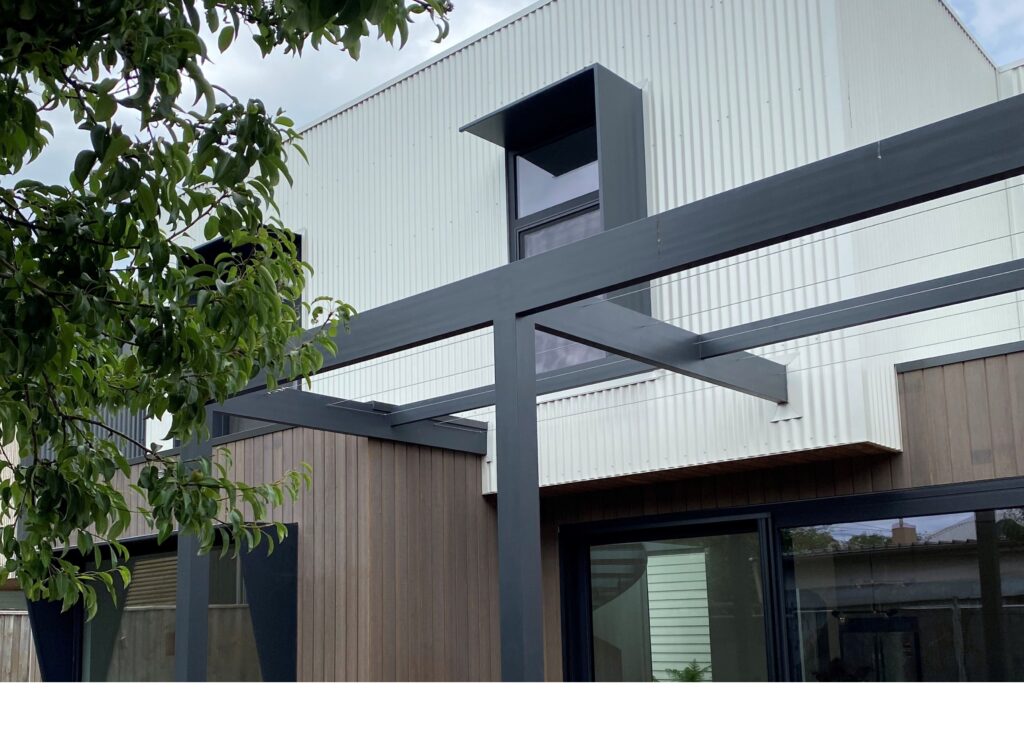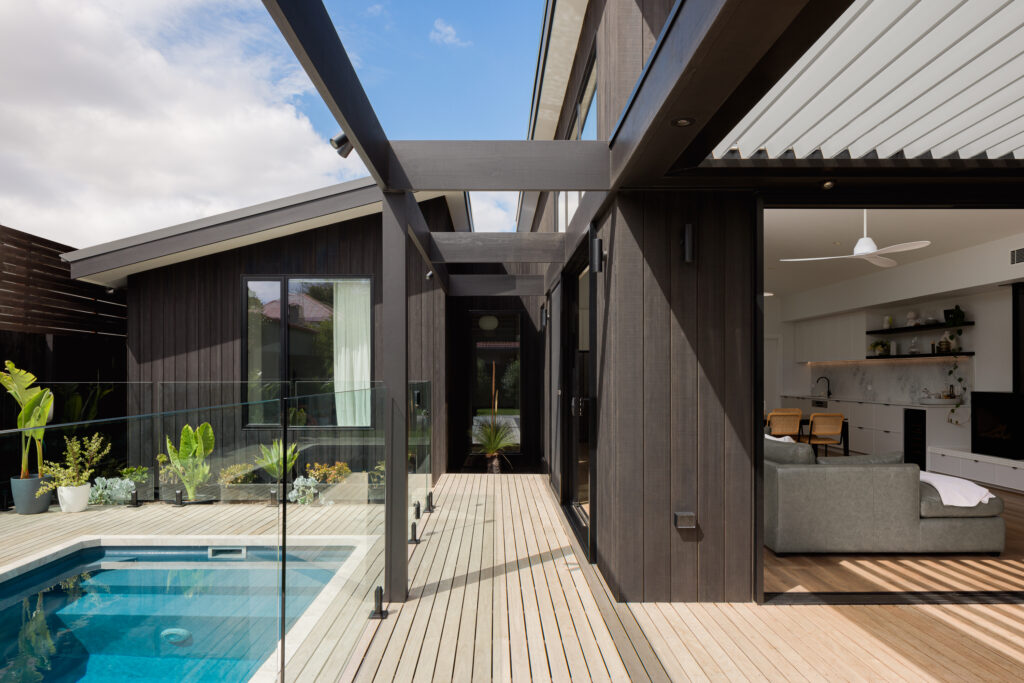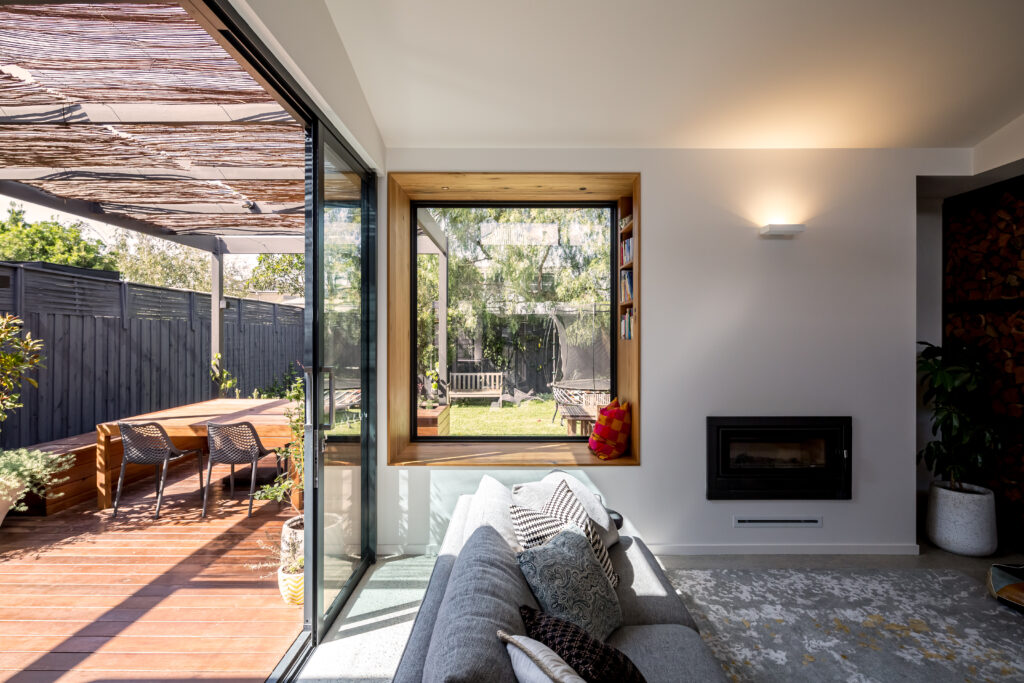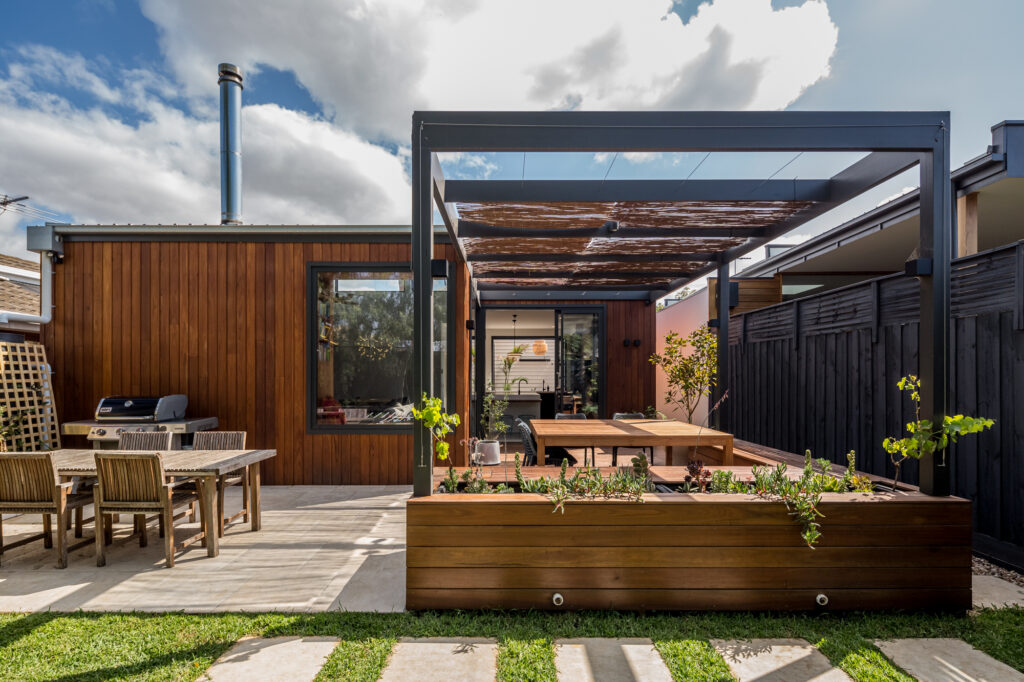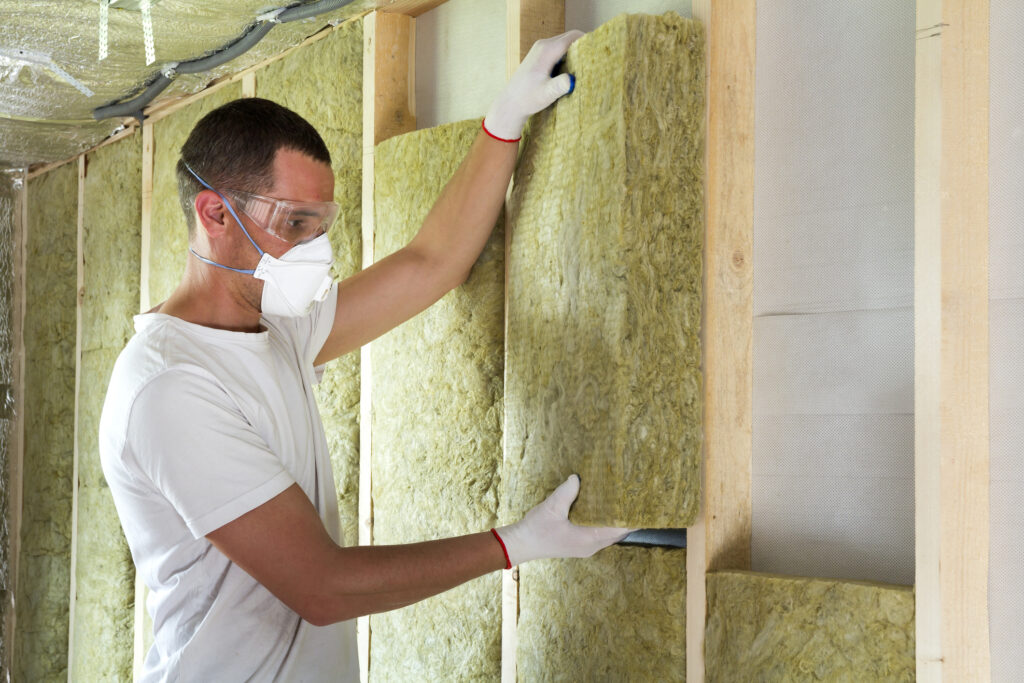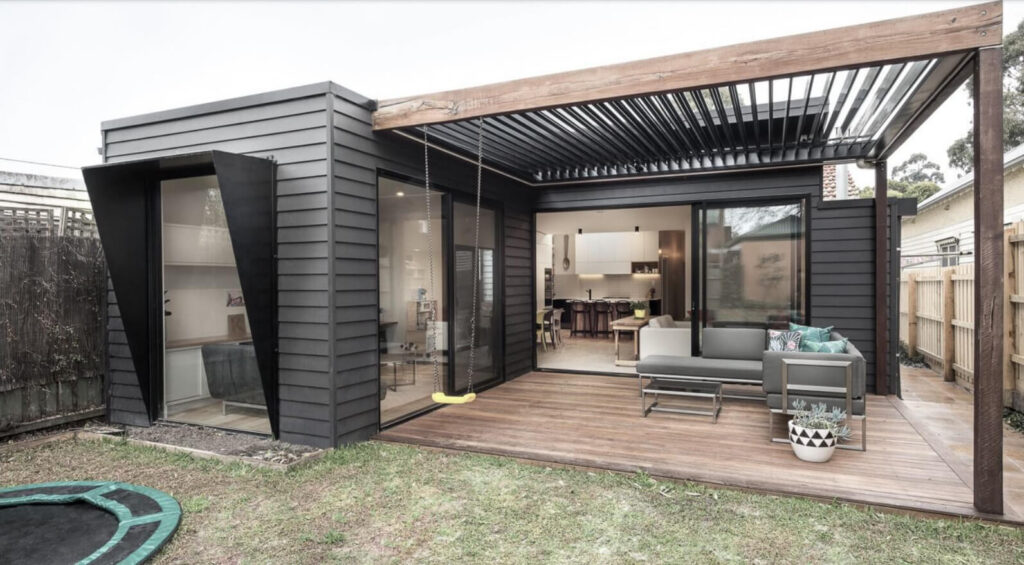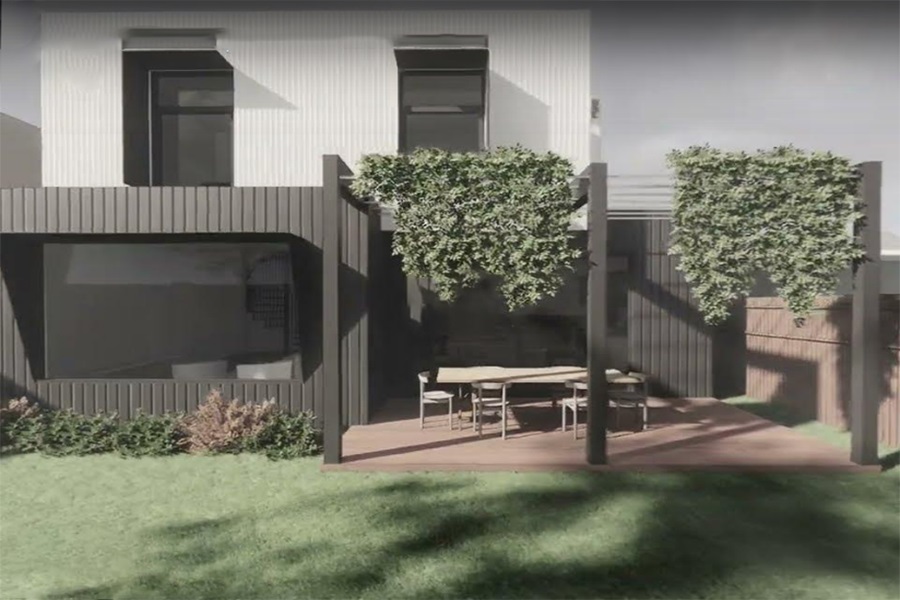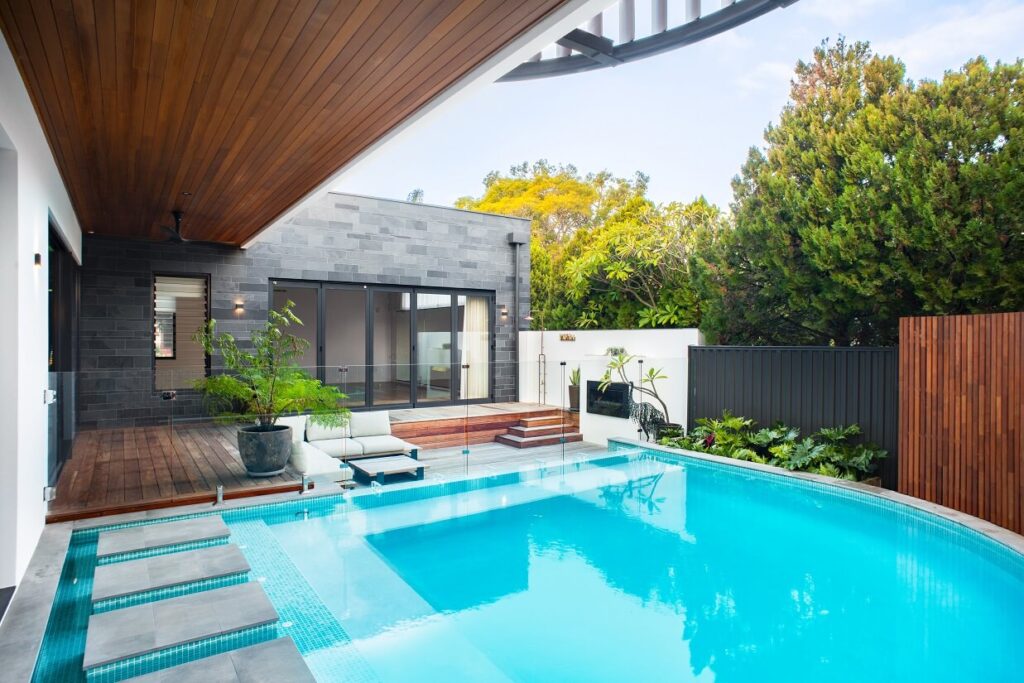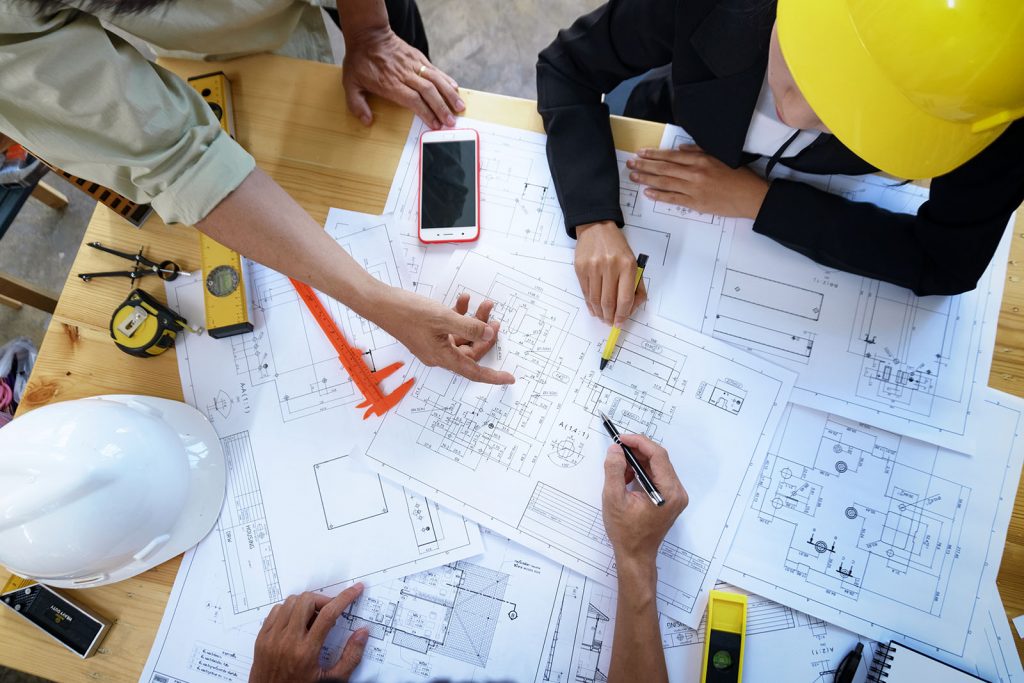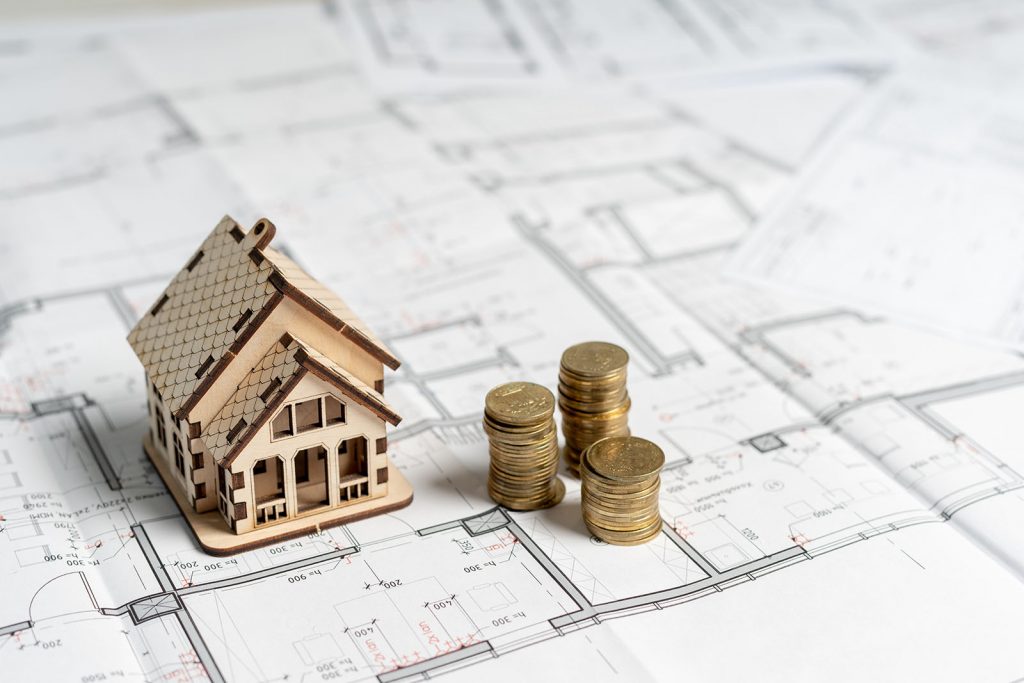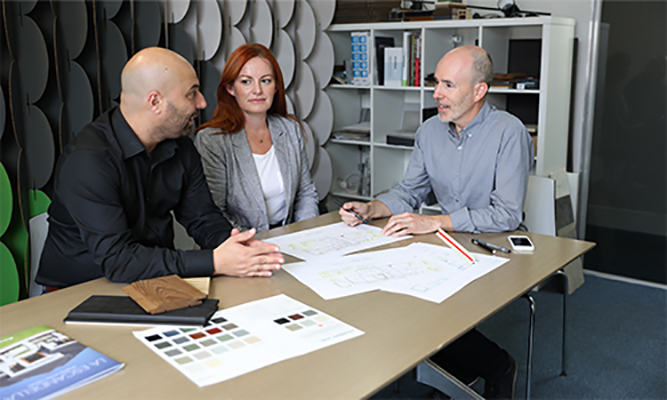Green Building Materials: A Key Element of Sustainable Architecture
Architecture plays a pivotal role in the quest for a more sustainable future. As cities expand and populations grow, the need for environmentally friendly building practices has never been more urgent. Enter Green Architecture, the unsung heroes of sustainable construction. The use of green building materials is not only kind to the planet but also offers a bunk of benefits for homeowners and builders alike. In this article, we’ll explore why green building materials are a key element of sustainable architecture.
What are Green Building Materials?
Green building materials are products used in construction that have a reduced impact on the environment. According to an article in CalRecycle, they are sourced from renewable resources, have a low carbon footprint, and are often recyclable or biodegradable. Examples include bamboo flooring, recycled metal, and low-VOC (volatile organic compounds) paints. These materials contribute to sustainability by reducing waste, conserving energy, and improving indoor air quality.
“Using green building materials promotes conservation of dwindling non-renewable resources internationally.” – Dr. Patrick Tang, a Professor of the School of Architecture and Built Environment in the University of Newcastle, Australia
The Benefits of Green Building Materials
1. Environmental Impact
The most obvious benefit is the reduced environmental impact. Green building materials help conserve natural resources, reduce greenhouse gas emissions, and minimise waste.
2. Energy Efficiency
Many green materials offer superior insulation and thermal properties, leading to lower energy consumption for heating and cooling. This not only reduces carbon emissions but also results in significant cost savings for homeowners.
3. Health and Wellbeing
Low-VOC paints and natural materials improve indoor air quality, reducing the risk of respiratory problems and other health issues. This creates a healthier living environment for occupants.
4. Durability
Contrary to popular belief, many green building materials are highly durable. For example, bamboo is known for its strength and resilience, making it an excellent choice for flooring. Another, as featured in a GBCA article, is pixelcrete. It is a special type of concrete, which uses 60% less cement and contains 100% recycled and reclaimed aggregate, yet still achieves the same strength as traditional concrete, making it durable and suitable for use in various construction applications such as piles, groundworks, slabs, and columns.
5. Aesthetics
Green materials offer unique and beautiful aesthetic options. From reclaimed wood to natural stone, these materials add character and warmth to any space.
Challenges and Considerations
While the benefits of green building materials are clear, there are still challenges to overcome. Availability and cost can be barriers, as some green materials are not as widely available as traditional options and may come with a higher price tag. Additionally, there can be a lack of knowledge or misconceptions about the performance and durability of these materials.
“The trick to widespread adoption lies in showing the industry the benefits far outweigh any perceived risk.” – Eric Corey Freed, an American Architect and Founding Principal of organicARCHITECT
The Future of Green Building Materials
The future looks bright for green building materials. As technology advances and awareness grows, we can expect to see more innovative and affordable options entering the market. The demand for sustainable architecture is on the rise, and with it, the need for materials that meet these environmental and ethical standards.
Green building materials are a key element of sustainable architecture, offering a host of benefits for the environment, homeowners, and builders. As we move towards a more eco-conscious future, the role of these materials in construction will only continue to grow.
Mesh Design Projects, a Melbourne-based design studio, is a prime example of how design firms can embrace this trend, leading the way in creating homes that are not only beautiful but also sustainable. By prioritising green building materials, they are helping to shape a future where architecture and the environment go hand in hand. Schedule a free consultation with Mesh Design Projects to start embracing green building materials.
FAQs
What are green building materials?
Green building materials are eco-friendly products used in construction that have a low environmental impact, are sustainable, and promote energy efficiency. They include bamboo, recycled materials, straw bales, cork, rammed earth, recycled glass, and hempcrete.
What are the benefits of using bamboo in construction?
Bamboo is a sustainable and renewable resource with a short regeneration cycle. It is strong, durable, and can be used as an alternative to hardwood for flooring, cabinetry, and structural elements.
Why are green building materials important in sustainable architecture?
Green building materials reduce the carbon footprint of buildings, conserve natural resources, and create healthier living environments. They are key in sustainable architecture for promoting a more environmentally responsible approach to construction.
What are the advantages of straw bale construction?
Straw bale construction provides excellent insulation, is renewable, and can be sourced locally, reducing transportation emissions. It is an eco-friendly and energy-efficient building method.
Why is cork considered a green building material?
Cork is a renewable resource harvested from the bark of cork oak trees. It is naturally resistant to mould, mildew, and fire, making it a safe and sustainable choice for flooring and insulation.
How does rammed earth contribute to sustainable architecture?
Rammed earth construction utilises natural materials and has excellent thermal mass, keeping interiors cool in summer and warm in winter. It is an eco-friendly building method that reduces the need for artificial heating and cooling.
What is hempcrete and why is it considered a green building material?
Hempcrete is made from the inner woody fibres of the hemp plant mixed with lime and water. It is a lightweight, insulating material that is carbon-negative, meaning it absorbs more CO2 than it emits during production.
Unearth the potential of sustainable architecture and green building materials. Schedule a free consultation with Mesh Design Projects to start your journey towards a greener home.
